Single-View Change Detection
We deviced a novel approach to single-view change detection based on a coarse-to-fine strategy. The basic idea consists in assigning to an efficient preliminary coarse-level (reduced resolution level) the task to filter-out effectively most of the appearance changes due to disturbance factors, thus providing the subsequent fine-level (full resolution level) with a coarse-grain reliable and tight super-mask of the semantically changed pixels. In particular, at the reduced resolution level we apply a robust change detection algorithm based on solving locally an ML non-parametric isotonic regression problem. The attained coarse-grain super-masks are used at the full resolution level for a threefold purpose. Firstly, they act as a reliable work-area for the fine-level change detection, that has just to switch-off the pixels it detects as unchanged. Secondly, the complement of these super-masks (that is a tight sub-mask of the semantically unchanged pixels) represents a just as reliable work-area for a robust selective background updating. Finally, the complement is used also to infer information on global false appearance changes possibly occurring in the image, such as those due to global scene illumination changes and to dynamic adjustments of the imaging system parameters, and consequently carry out a tonal registration of the fine-level current background. Although in principle any algorithm can be used to detect changes at the fine-level, in our implementation we adopt an algorithm based on a non-parametric statistical modelling of the camera noise that enables a spatially and temporally adaptive thresholding.
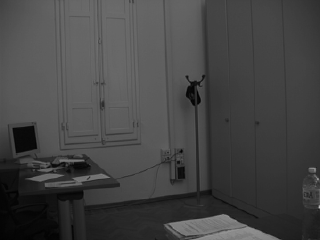 |
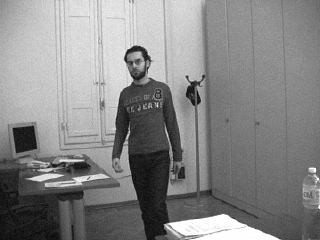 |
| Full resolution background |
Full resolution frame |
 |
 |
| Reduced resolution background |
Reduced resolution frame |
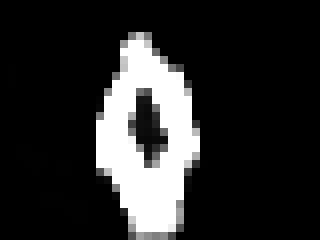 |
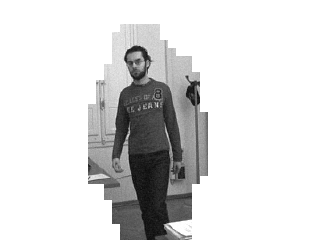 |
| Reduced resolution change probability map |
Reduced resolution change mask |
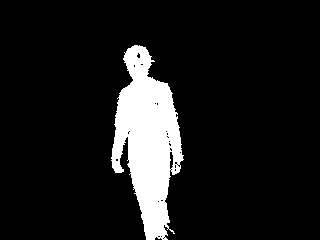 |
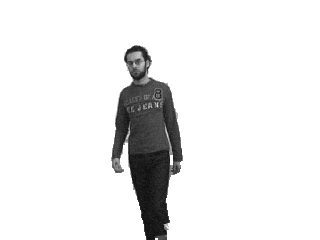 |
| Full resolution change mask |
Final change mask |
References










